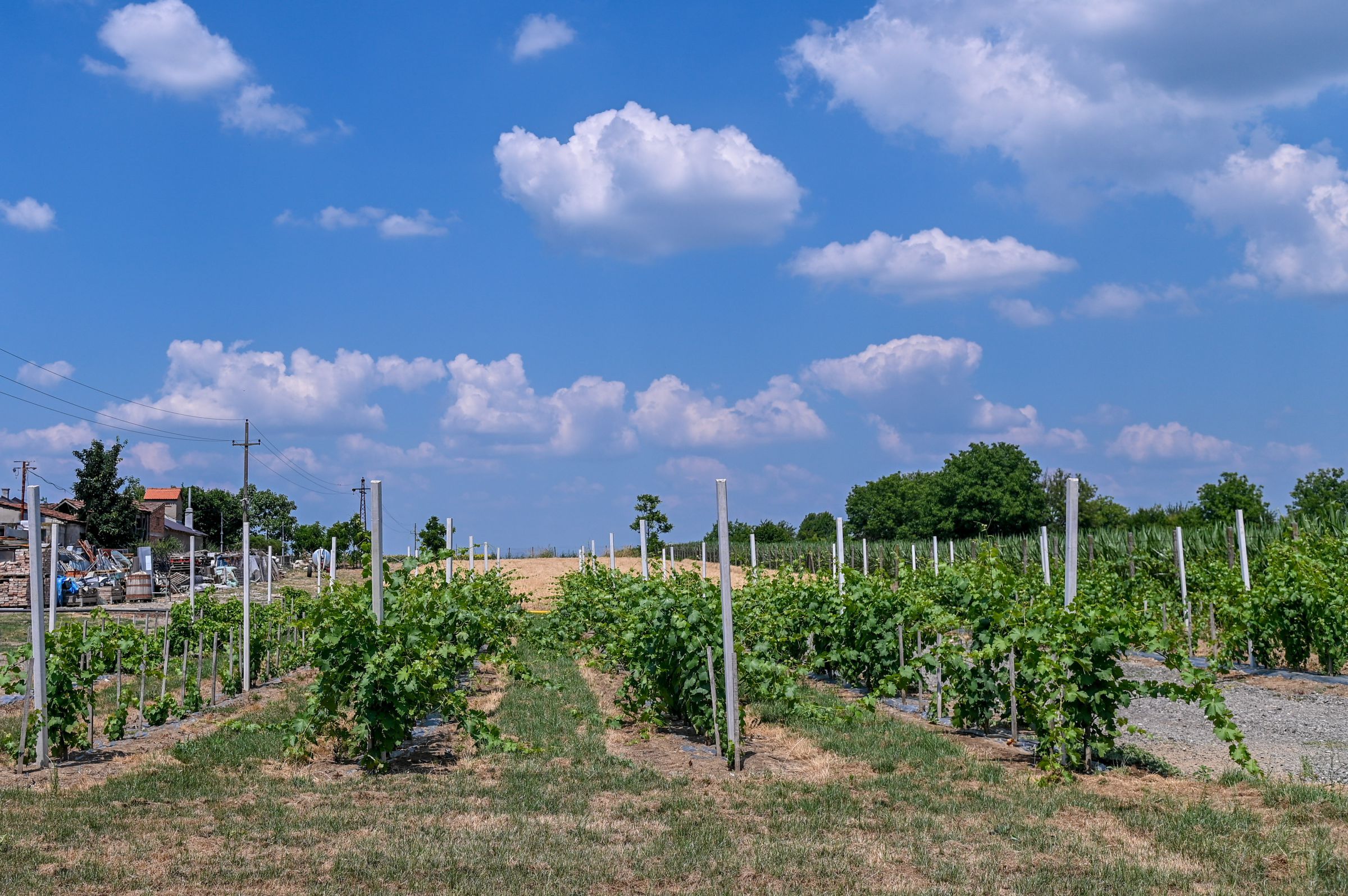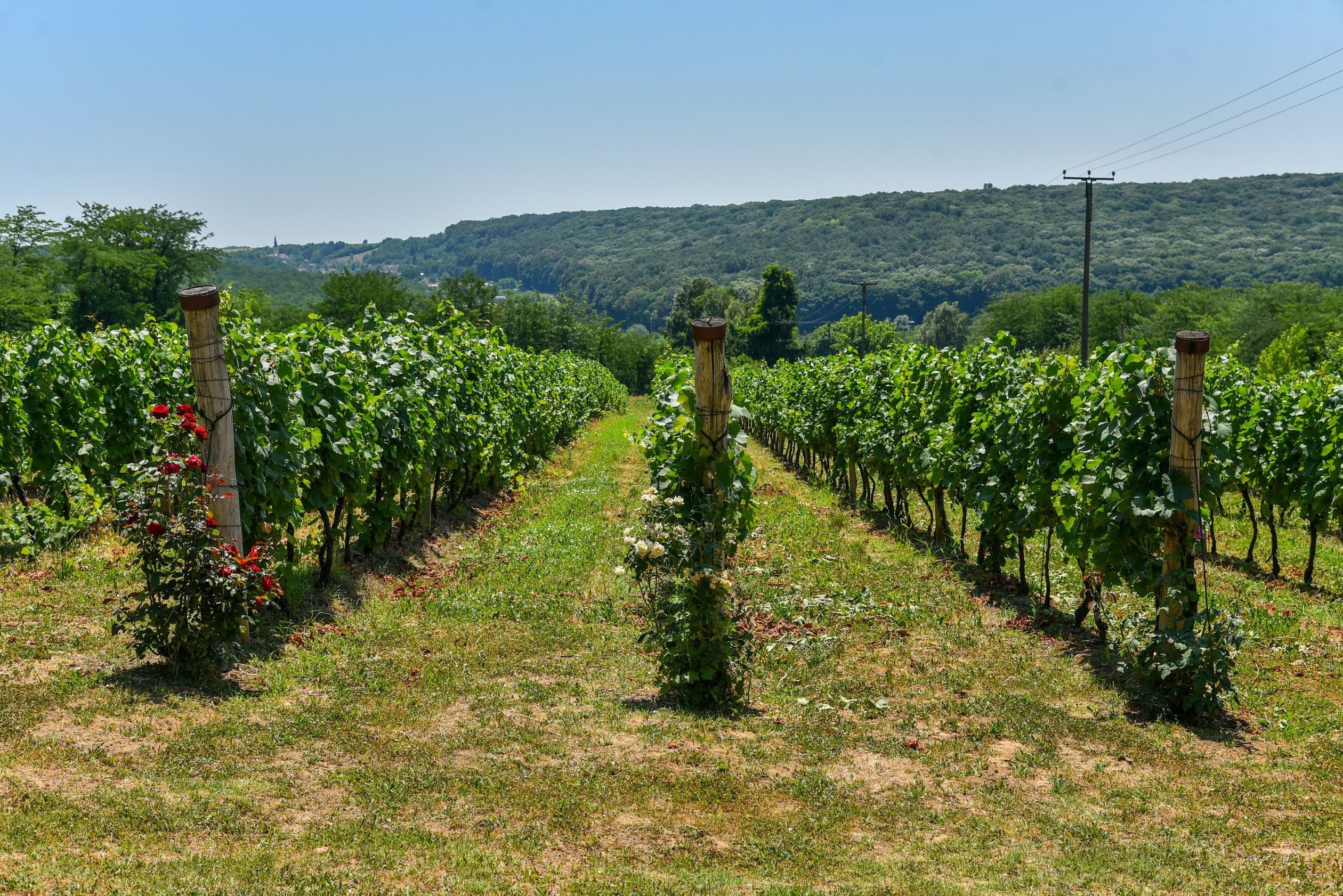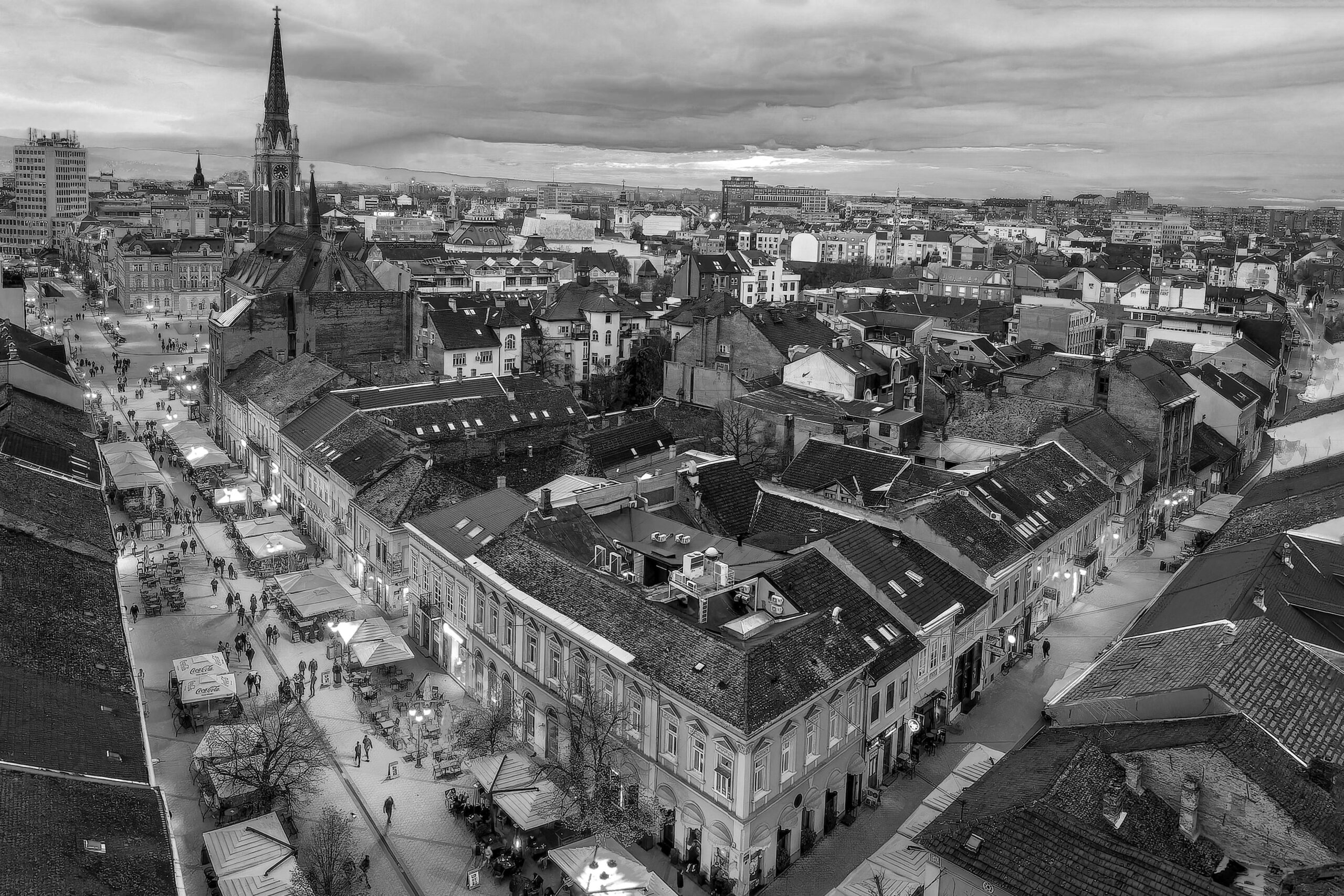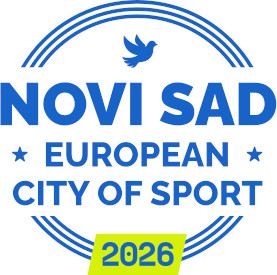The history of Fruška Gora vineyards is an exciting story. Many people are familiar with the fact that the planned planting of vines on Fruška Gora dates back to the reign of Emperor Probus (Marcus Aurelius Probus), who allowed vineyards to be raised in the Roman provinces as well. The disappearance of the Romans from the historical stage did not threaten the vineyards at Fruška Gora. Resembling to the phoenix flower (Ramonda nathaliae), during the centuries that followed, they have survived empires, monarchies and states, survived wars, migrations and the crisis caused by phylloxera. The love for vineyards and wine, and the diligence, with which the great-grandfather winemakers preserved the vineyards and the knowledge of wine making, has defended successfully the Fruška Gora vineyards through the past centuries. The tradition of winemaking and viticulture has been passed down for generations as an unobtrusive truth from grandfathers and fathers to the grandchildren (boys and girls) of later successful winemakers. In the villages of wine Srem, every house used to have a vineyard, so that people used to exchange the somewhat small round basket made of reed mace (“saćurica”) filled with grapes with their neighbours from the lower Srem with the same basket filled with grain. At that time, the wealth of the Fruška Gora family was measured by barrels of wine, and the viticultural business was most valued among all rural businesses. There is a significant heritage that monasteries and landlord estates have established contributing to the development of viticulture over the centuries, especially those owned by the Odeskalki noble family. They were informal centres of knowledge, skills and wine technology, as well as the first exporters of Fruška Gora wines to European centres and to the royal and nobility tables.
Contemporary wine stories of the Fruška Gora area, which have arisen from a tradition that is warmed by the love for the mystery of wine and preserves the beauty, gentleness, and richness of the landscape they originate from, have entered the tourist offer of the Republic of Serbia. The essence of this series consists of stories about the families of winegrowers and winemakers, about the vineyards they nurture, about the wines they make, the festivities in honour of the wines they keep, and the serenity with which they welcome guests. There are also privately owned wineries that can produce the amount of wine necessary for continuous export to European and other markets. Each winery you visit will be a specific event and offer you things in the manner that even after fifty visits every new choice on the wine trail will turn into an undiscovered and peculiar experience. One of them is the gastronomic abundance of tastes, smells and colours, which is mostly created within the same family wine farm or in neighbouring villages.
All Fruška Gora wineries follow a long and arduous journey that leads to a glass full of divine drink, and begins in the vineyards, by choosing the assortment of grapes and the care of the grapevine. The contemporary assortment for production of white Fruška Gora wines includes: Italian Riesling (white Grašac), Rhine Riesling, Chardonnay, white Sauvignon, Traminac, Muscat Krokan, Muscat Otonel, as well as Neoplanta, Sirmium, Župljanka, Sila, New Dinka, Petra, Zlata, Lela, Liza, Mila, Lasta, Bačka, Panonija, early Riesling, etc. and the red wines: Merlot, Frankovka, Portuguiser, Cabernet Sauvignon, Cabernet Franc, Pinot Noir, Shiraz, Marseille, Prokupac, Tamjanika, Vranac, Probusi, etc. The white wines that have won the awards at most important world competitions and wine ratings are witnessing the glory of this wine region. Recently, the awards for rosé and red wines at the most important wine festival, Decanter World Wine Awards and ratings on the Wine Advocate platform, paved the way for a new, more comprehensive perception of Fruška Gora vineyards at the international level.
Fruška Gora wineries have arisen, both on the advantages of terroir and love for wines that last for generations, and on the attractiveness of Fruška Gora, that treasury of natural beauties, cultural monuments, legends and myths. It is difficult to resist the possibility to connect the visit to the wineries with a tour of the complex of Serbian, Orthodox monasteries, churches, famous places, lakes or not to take the opportunity for a walk through the woods, stay in the spa, picnic area … The multitude of contents of Fruška Gora area is simply bewildering. One way to master the extremely informative space networked with wineries is to follow the footsteps of six wine routes. They are: “Novosadski i temerinski vinari i vinarije“ (“Novi Sad and Temerin Winegrowers and Wineries”), “Vina kićenog Srema (Beočin-Čerević-Banoštor)“ (“Wines of the Ornate Srem (Beočin-Čerević-Banoštor)“, “Sremski Karlovci – Vinska galaksija“ (“Sremski Karlovci – the Wine Galaxy”), “Vinogradi u zagrljaju Dunava sa pogledom na Tisu (Stari i Novi Slankamen – Slankamenački Vinogradi – Krčedin – Inđija)“ (“Vineyards Embraced by the Danube with the View of the Tisza (Stari and Novi Slankamen – Slankamen Vineyards – Krčedin – Inđija)“, “Tragom vlastelinske porodice Odeskalki (Susek – Neštin – Šid – Erdevik – Bikić Do)“ (“Following the Trail of the Odeskalki Noble Family (Susek – Neštin – Šid – Erdevik – Bikić Do)“ and “Vinske iriške priče“ (“Wine Stories from Irig”). Wine trails combine natural attractions and created values of Fruška Gora in a way that settlements known for their natural or cultural-historical values such as Sremska Kamenica, Ledinci, Rakovac, Beočin, Čerević, Banoštor, Sremski Karlovci, Susek, Neštin, Erdevik, Šid, Bikić Do, Stari and Novi Slankamen, Slankamenački Vinogradi, Inđija, Krčedin, Mala Remeta, Irig, Rivica and others get explored and looked into as centres of wine tourism. On the way to wine temptations, every winery you visit will give you a special note of joy and a drinkable aroma of Fruška Gora as a fairytale that brings desirable and warm emotions.
Gordana Stojaković








